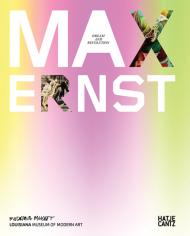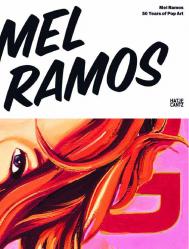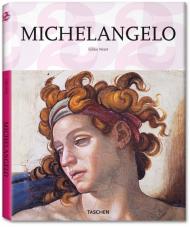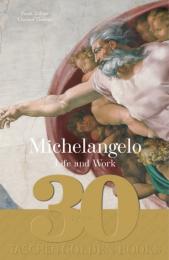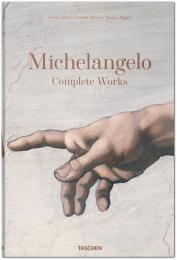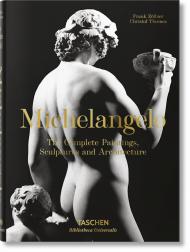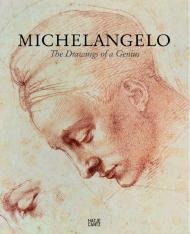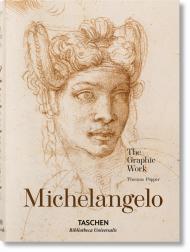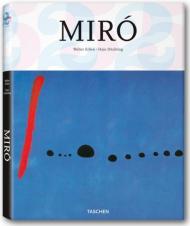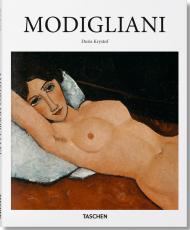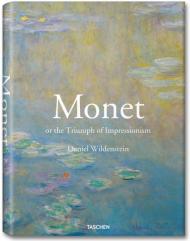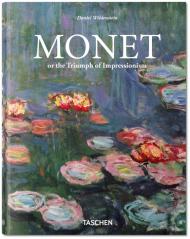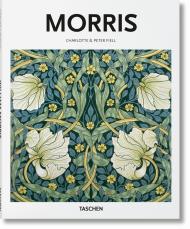288 illustrations in color
Max Ernst (1891–1976) is one of the most significant and influential artists of the twentieth century. Influenced by two world wars, he repeatedly questioned and adjusted his repertoire of expression throughout his entire career and reflected on the potentials of art with vast inventiveness. His complex pictorial worlds now seem more relevant than ever before: a younger audience will be able to discover links between Ernst’s fantasy worlds and their own travels to the cyber worlds of modern computer games.
This publication considers Max Ernst’s revolutionary life’s work from a new perspective. It examines in detail his Dada years in Cologne, his residence in France from 1921 to 1941 and his importance amid the Parisian Surrealists, the decade in American exile, and the period after his return to Europe until his death. In-depth contributions by authorities on Ernst focus on central aspects of his oeuvre, for example his experimental techniques, his mysterious collage novels, as well as his fantastical sculptural works.
Издательства
- Rizzoli (67)
- Prestel (41)
- Thames & Hudson (26)
- Hatje Cantz (19)
- Skira (12)
- Flame Tree Publishing (12)
- Phaidon (11)
- Taschen (11)
- Abbeville Press (10)
- Flammarion (5)
